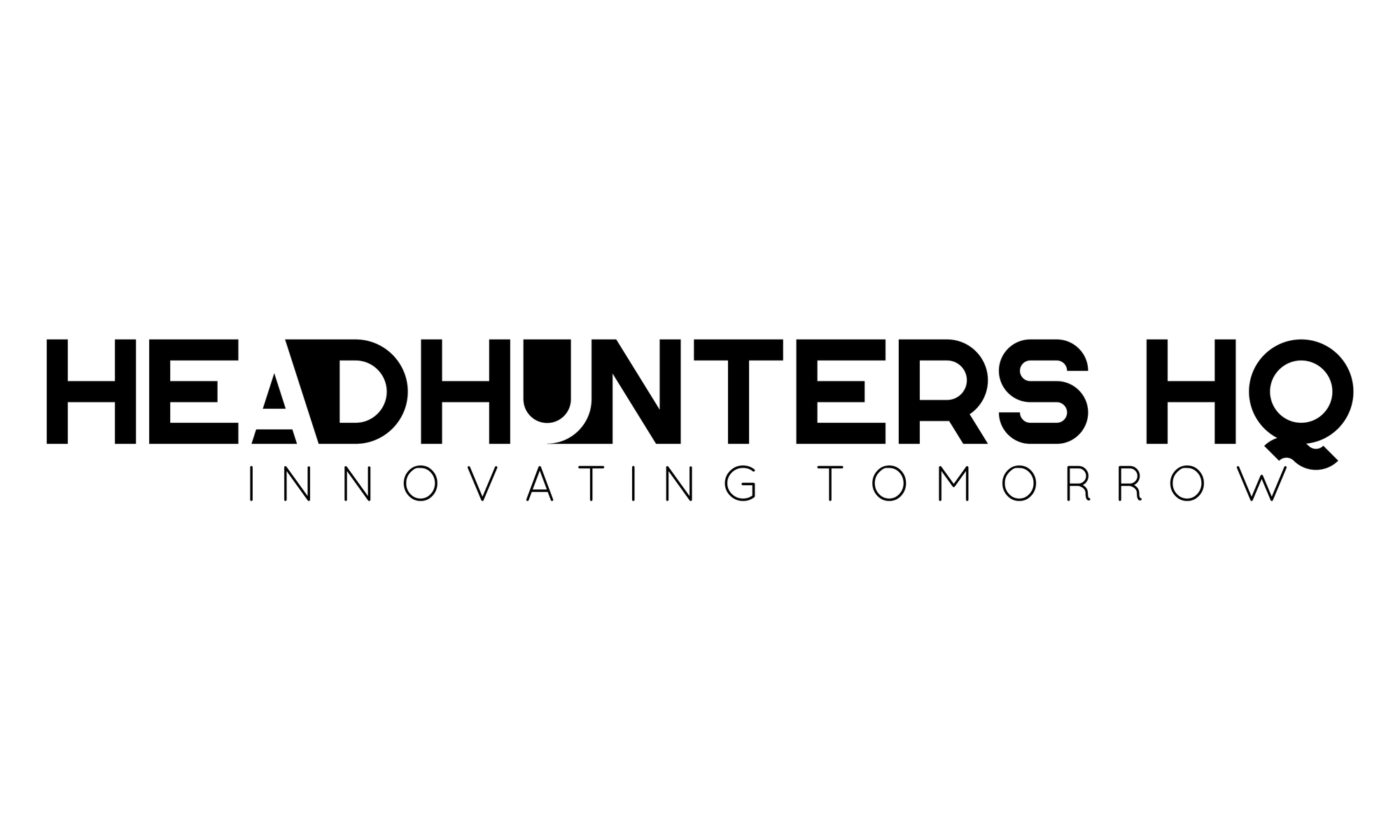The Real Cost of Manual Hiring (And How to Get Time Back)

Hiring is a human-first process — but somewhere along the way, recruiters became admins.
Every offer starts with a real connection, but between chasing feedback, scheduling interviews, updating spreadsheets, and toggling between platforms, the human side often gets buried.
And while the costs might not always be measured in dollars, they stack up in other ways: lost time, missed talent, and team burnout.
In today’s hiring landscape, staying manual is no longer harmless — it’s costly.
1. Manual Tasks Are More Expensive Than They Look
Let’s say a recruiter spends just 10 minutes per candidate following up by email. With a pipeline of 50 candidates across roles, that’s over 8 hours a week — on just one task.
Now add in:
- Manually moving candidates between hiring stages
- Writing the same replies over and over
- Checking calendars and chasing availability
- Digging through past threads for updates
- Sharing spreadsheets across teams
It’s death by a thousand clicks. The work gets done — but slowly, and often with double-handling or delays.
Time is money. But in hiring, time is also momentum — and once you lose it, you risk losing the candidate too.
2. Talent Drops Off When the Flow Breaks
Candidates don’t drop out because they’re bored. They drop out because the process feels unclear, cold, or stuck.
Here’s what often causes it:
- No acknowledgement after they apply
- Delays between screening and interviews
- Confusing scheduling
- Zero updates or next steps
Even small things — like having to re-enter information they’ve already shared — send the message that your systems aren’t ready for them.
The result? High-potential candidates ghost, accept other offers, or go dark just before the final stage. Not because they weren’t a fit — but because the experience didn’t feel worth the wait.
3. Teams Burn Out From Busywork
Manual processes don’t just waste time — they drain energy.
Recruiters come in to build relationships, spot potential, and close great hires. But the reality is often:
- Fixing formatting on CVs
- Hunting for feedback in long threads
- Updating dashboards with notes
- Replying “Yes, we’re still waiting” for the fifth time
Over time, it leads to disengagement, fatigue, and even turnover within hiring teams themselves. What should feel fast and focused becomes slow and scattershot.
Hiring shouldn’t feel like chasing. It should feel like progress.
4. The Hidden Cost of Missed Hires
Here’s the kicker: for every promising candidate who drops off, there’s an impact that isn’t always visible.
Missed hires mean:
- Open roles stay unfilled
- Projects stall
- Team capacity shrinks
- Morale dips
And the effort to restart the hiring process? That costs more than finishing it right the first time.
Recruiting is no longer just about sourcing talent — it’s about sustaining momentum through every touchpoint. If your process breaks down mid-flow, the cost is more than just time. It’s trust.
5. What Smarter Systems Look Like
The solution isn’t to work harder — it’s to work cleaner.
Here’s what modern recruiting systems do well:
- One pipeline viewSee all candidates, roles, and stages at a glance — no switching tabs.
- Built-in communicationMessage candidates, track replies, and automate updates in one place.
- Smart schedulingLet candidates book based on real-time availability, no back-and-forths.
- Real-time shortlist filtersSegment, tag, and action candidates without duplicating effort.
- Live hiring dashboardsSpot where candidates drop off, and adjust before it becomes a pattern.
6. Where HeadHunters HQ Fits In
At HeadHunters HQ, we built our platform to return what’s most valuable — your time.
Instead of managing tasks, you manage momentum. Instead of chasing updates, you’re choosing next steps.
Everything from screening to scheduling lives in one streamlined workspace, designed with recruiters in mind.
That means:
- No duct-taped tools
- No bloated dashboards
- No more jumping between Slack, Google Sheets, and email
Just a hiring system that feels like it’s actually working for you.
Time Back, Talent Forward
Manual hiring isn’t just slow — it’s expensive.
It costs in missed candidates, team energy, and the kind of progress that keeps everyone aligned and excited.
The good news? It’s fixable.
When you cut the friction, clean up the workflow, and let the right tools carry the admin, you free yourself to focus on what matters most — finding and closing great people.
📍Learn how we help recruiters work smarter, not harder. Get in touch with us today.





